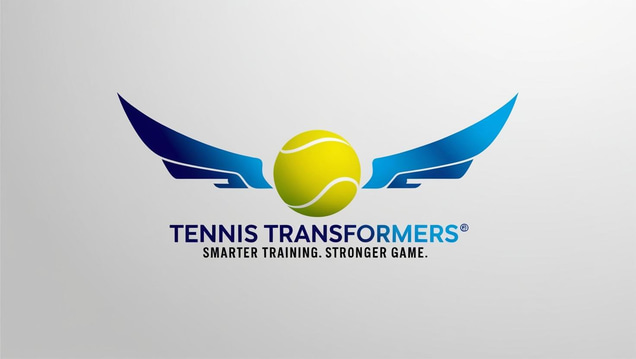5 of the Best Tennis Ball Machines for Every Player
Discover 5 of the best tennis ball machines that cater to all skill levels and budgets. Improve your game with these essential tennis training equipment options, offering consistency, repetition, and control for better technique and footwork.
TRAINING AIDSTENNIS TALK
4/5/20255 min read

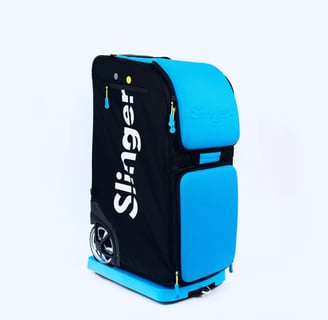
Mastering Tennis: A Review of the Best Tennis Ball Machines for Every Skill Level
Whether you're a weekend warrior, a rising junior star, or simply someone who wants to hit a few balls without waiting for a partner, tennis ball machines are game-changers. They offer consistency, repetition, and control—three ingredients essential to improving technique, footwork, and shot variety.
Unlike a human partner, a ball machine won’t complain when you ask for another hundred backhands. It won’t get tired, show up late, or feed inconsistent shots. With the right machine, you can simulate real match scenarios, fine-tune your swing, and build the muscle memory required to elevate your game. And in today’s market, there’s a wide variety of machines catering to every level and budget.
In this post, we’ll review five popular tennis ball machines: Slinger Bag, Lobster Elite Grand Five, Tennis Cube, Tennis Tutor Plus, and the Shotmaker Tennis Ball Machine. We’ll break down their pros, cons, and which type of player will benefit most from each.
1. Slinger Bag
Overview:
The Slinger Bag is a relative newcomer to the tennis ball machine scene, but it has quickly made a name for itself with its portability, affordability, and unique design. Shaped like a travel bag and priced lower than most competitors, it's designed for recreational and intermediate players who want a solid, convenient hitting partner. I've owned a Slinger Bag for the past 12 months and I love it
Pros:
Highly portable: Comes with wheels and a retractable handle, making it easy to move around.
Affordable: One of the most budget-friendly machines on the market.
Integrated storage: Holds balls, rackets, and even your phone and wallet.
Remote control via fob
Oscillator- an optional extra that provides horizontal side to side movement
Battery powered with decent battery life (up to 5 hours).
Cons:
Limited spin control: Only offers topspin—no backspin or flat options.
Best for:
Casual players, beginners, and intermediate players looking for a cost-effective, portable way to get more reps in.
2. Lobster Elite Grand Five
Overview:
The Lobster Elite Grand Five is a feature-rich machine designed for serious players who want to train with depth, spin, and varied shot patterns. With a sleek, functional design and impressive programmability, it’s a top-tier machine for players wanting match-level drills.
Pros:
Fully programmable drills: Design custom sequences with varying speed, spin, height, and placement.
Wide range of oscillations: Horizontal, vertical, and random—mimics real play very well.
Advanced spin capability: Both topspin and backspin.
15–80 mph ball speeds, suitable for beginners to advanced players.
Battery life up to 6 hours, which is excellent for long practice sessions.
Cons:
Pricey: One of the more expensive options on the market.
Takes time to set up: The advanced features require more configuration.
Can be bulky: While it's portable, it’s heavier and harder to maneuver than something like the Slinger.
Best for:
Advanced players, coaches, or clubs looking for a high-end, programmable machine with maximum shot variation and control.
3. Tennis Cube
Overview:
The Tennis Cube is the most compact and user-friendly model from Sports Tutor, ideal for beginners or players practicing on small private courts. It’s a no-frills machine, but its simplicity is part of the appeal—especially for newer players who want an easy way to improve.
Pros:
Extremely compact and lightweight: Weighs just 24 lbs, easy to carry and store.
Very beginner-friendly: Simple control panel, no confusing features.
Affordable: One of the cheapest machines on the market.
Good for repetitive practice: Solid for grooving strokes like forehands, backhands, and volleys.
Decent feed rate and battery life (up to 2 hours).
Cons:
No spin control: All balls are fed flat—no topspin or backspin.
Limited range: Ball speeds max out at around 50 mph.
No oscillation: Doesn’t change placement; balls feed to the same location.
Low capacity: Holds only about 70 balls.
Best for:
Absolute beginners, kids, or casual players looking for a simple and portable machine to help develop basic tennis fundamentals.
4. Tennis Tutor Plus
Overview:
Tennis Tutor is a trusted name in the world of tennis ball machines, and the Tennis Tutor Plus is one of its most versatile and widely used models. It's been around for a while, and for good reason—it delivers performance, reliability, and portability in one compact package.
Pros:
Adjustable spin, speed, and trajectory: Covers a lot of training scenarios.
Compact and highly portable: Built-in handle and wheels.
Good battery life (up to 4–6 hours).
Optional remote and 2-line oscillation feature.
Simple to operate, even for non-tech-savvy users.
Cons:
Dated design: Lacks smart connectivity or programmability.
No custom drills: You can’t program sequences as with higher-end machines.
Feed rate and oscillation are basic compared to newer models.
Best for:
Intermediate players, juniors, or coaches who want a reliable, no-nonsense machine that can deliver solid practice sessions across a range of skills.
5. Shotmaker Tennis Ball Machine (by Sports Tutor)
Overview:
The Shotmaker is a beast of a machine, designed for clubs, serious competitors, or private coaches. It’s the most feature-packed of the group and offers nearly everything you could want in terms of programmability and performance.
Pros:
Fully programmable drills with memory slots.
Touch-panel interface with LCD screen for intuitive controls.
Massive ball capacity (up to 300 balls).
Extensive spin, speed (up to 95 mph), and feed control.
3-line and random oscillation, vertical and horizontal mixing.
Remote control via phone app (on some models).
Cons:
Very expensive: This is a serious investment.
Heavy and bulky: Not designed for easy transport.
Best suited for clubs or home courts with dedicated storage.
Best for:
High-performance athletes, coaches, tennis academies, or clubs looking for a feature-rich machine that mimics match play in extreme detail.
Final Thoughts: Choosing the Right Ball Machine
Tennis ball machines are as varied as the players who use them. Whether you're grinding out cross-court forehands or working on serve returns, the right machine can be a training partner that never tires.
If you’re a beginner or casual player, the Slinger Bag or Tennis Cube offer incredible value—each catering to a different type of convenience. For those more serious about progression and needing more features, the Lobster Elite Grand Five hits a sweet spot of tech and performance. Coaches or clubs looking for something elite should look no further than the Shotmaker, while players wanting a reliable, compact machine will appreciate the Tennis Tutor Plus.
No matter which machine you choose, the real win is getting more time on the court. Because in the end, it’s not just about hitting balls—it’s about building confidence, consistency, and that sweet sound of the perfect shot.
For more information and where to buy click the button below
All images courtesy of OnCourt OffCourt


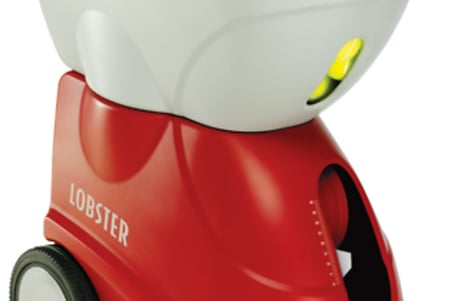

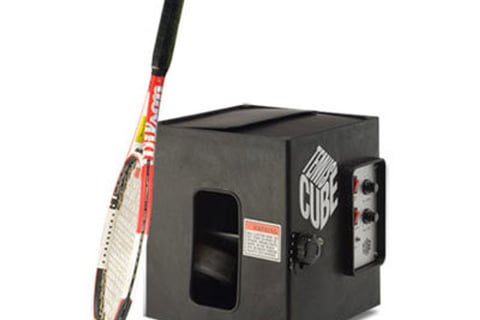

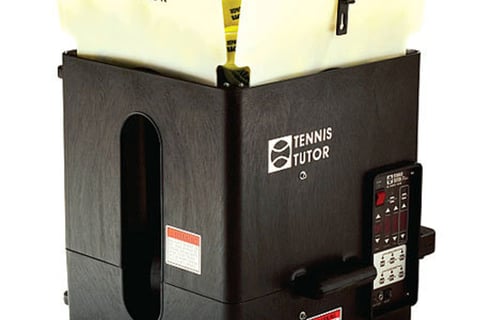

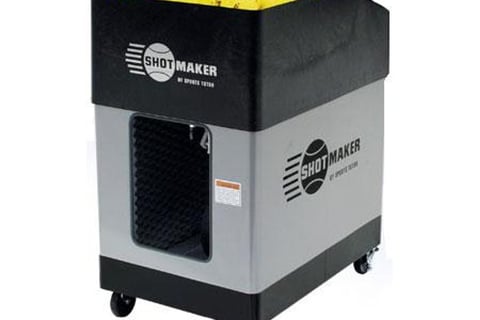

©2025 Tennis Transformers. All rights reserved
Disclosure
This website contains affiliate links. If you purchase through these links I may earn a small commission at no extra cost to you. I only recommend products I believe add value to you. This helps support my work and allows me to continue providing valuable content. Thank you for your support!
